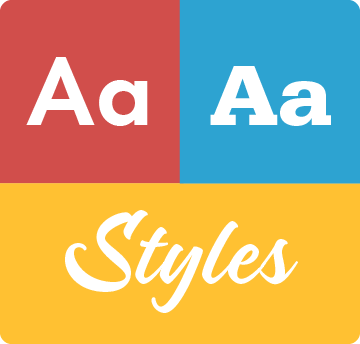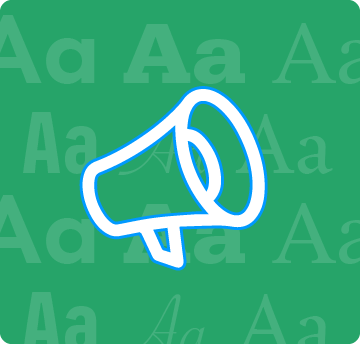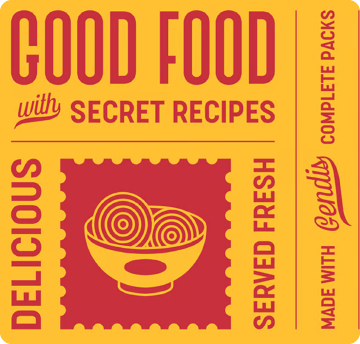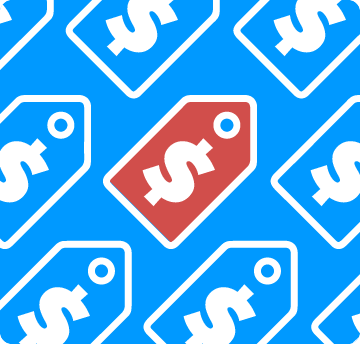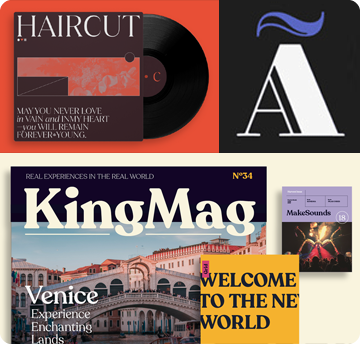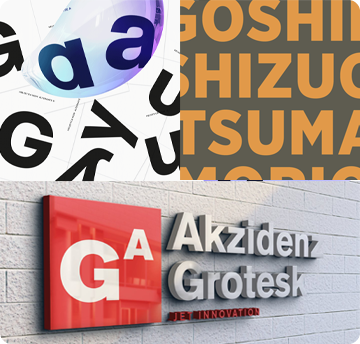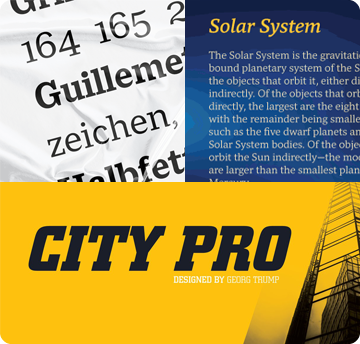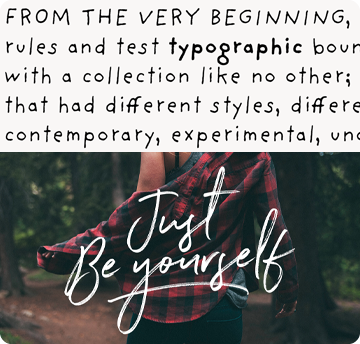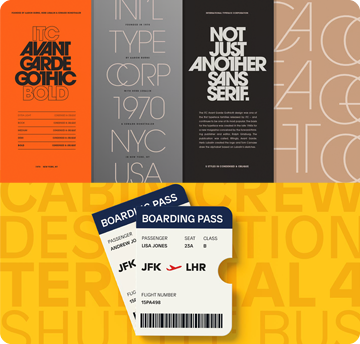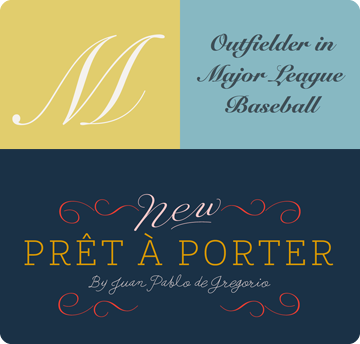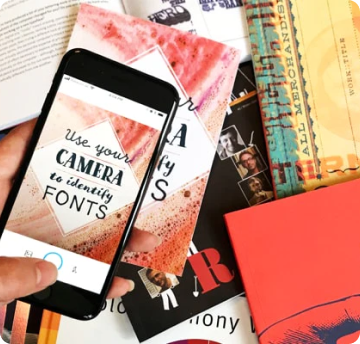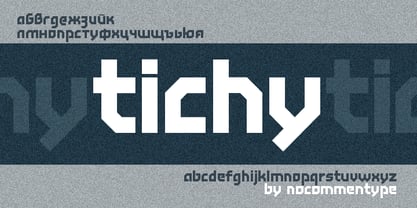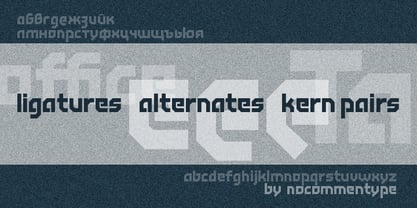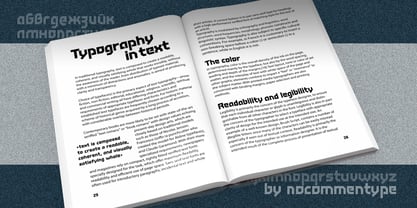Webfonts allow you to embed the font into a webpage using the @font-face rule, so paragraphs and headings of text can be styled as the webfont. You will be serving the webfont kit for your own site and linking it in the CSS.
Webfonts can be used on a single domain. Agencies responsible for multiple websites, for example web design agencies or hosting providers, may not share a single webfont license across multiple websites.
If the font file itself won't be embedded in the website (for example, when the font is used in a static graphic image such as a logo) you should purchase a Desktop license instead.
Most foundries on MyFonts offer their webfonts with the Annual license model. Click here to Learn more.





